Top speed 650 km/h Wingspan 31 m Cruise speed 402 km/h | Range 4,445 km Length 29 m Weight 19,280 kg | |
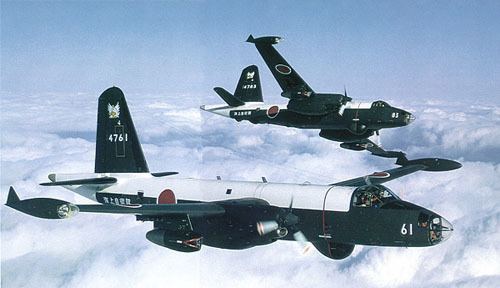 | ||
Engine types General Electric T64, Ishikawajima-Harima J3 | ||
The Kawasaki P-2J (originally P2V-Kai) was a Maritime patrol and ASW aircraft developed for the Japan Maritime Self Defense Force. A turboprop-powered version of the radial-engined P-2 Neptune, the P-2J was developed as an alternative to buying the larger and more expensive P-3 Orion, which would eventually replace the P-2J in the 1980s.
Contents

Design and development
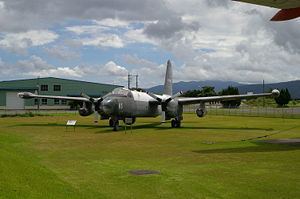
The Kawasaki-built P-2J (originally P2V-Kai, where "Kai" (改) means modification) was the last version of the Neptune to be produced. Work on the P-2J was begun in 1961. The first P-2J, converted from a P2V-7 (P-2H) performed its initial flight on 21 July 1966, and the last of a further 82 production P-2Js was delivered in March 1979.
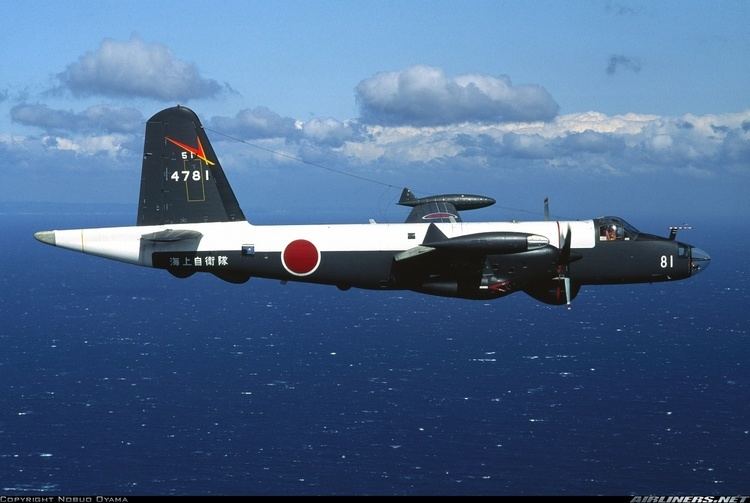
The Wright radial engines of the Lockheed P-2s were replaced with 2,125 kW (2,850 HP) General Electric T64-10 turboprop engines built under license in Japan, using three-bladed propellers instead of the four-bladed units of late-model P-2s. The booster turbojets J3-IHI-7C, designed in Japan by Ishikawajima-Harima, and designated produced 13.7 kN (3,085 lbf) thrust. The new engines gave the P-2J a top speed of 650 km/h (400 mph).
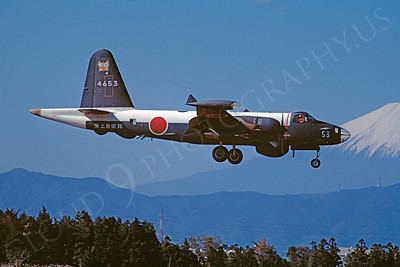
The P-2J had accommodations for up to 12 crewmen. The forward fuselage was extended 4 feet 3 inches (1.30 m), with the tail surfaces being enlarged and their shape modified. AN/APS-80 search radar was fitted in a smaller radome. Updated avionics systems were installed, and these systems were much more compact than those used in other versions of the Neptune. The lighter avionics load permitted greater fuel capacity. The P-2J's main gear was fitted with two wheels each, rather than the one large wheel of the earlier models.
Operational history
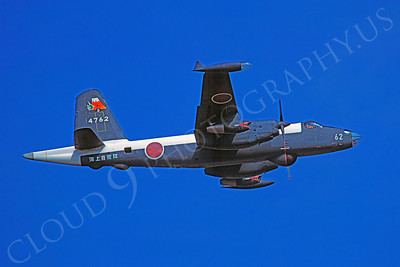
The P-2J was phased out in the 1980s in favor of the P-3C Orion, which eventually replaced the Neptune in the ocean-patrol air fleets of the West. The last maritime reconnaissance squadron re-equipped with the Orion in 1993, but the P-2J remained in service for electronic reconnaissance and target support purposes.
Variants
Operators
Specifications (P-2J)
Data from Combat Aircraft since 1945
General characteristics
Performance
Armament
3,629 kg (8,001 lb) including free-fall bombs, depth charges, and torpedoes; 16 x 5 in rockets under the wings
